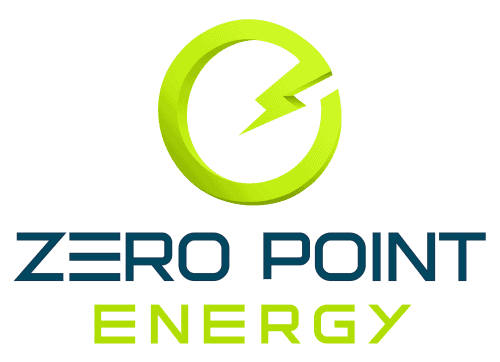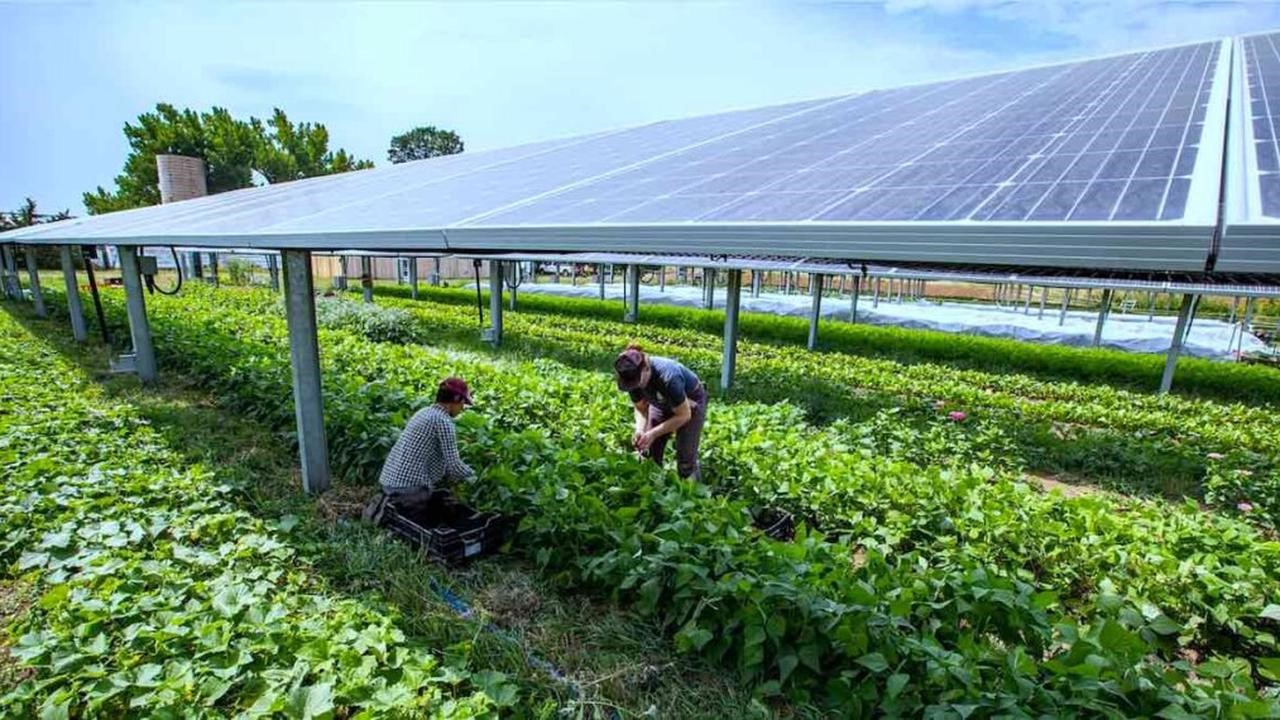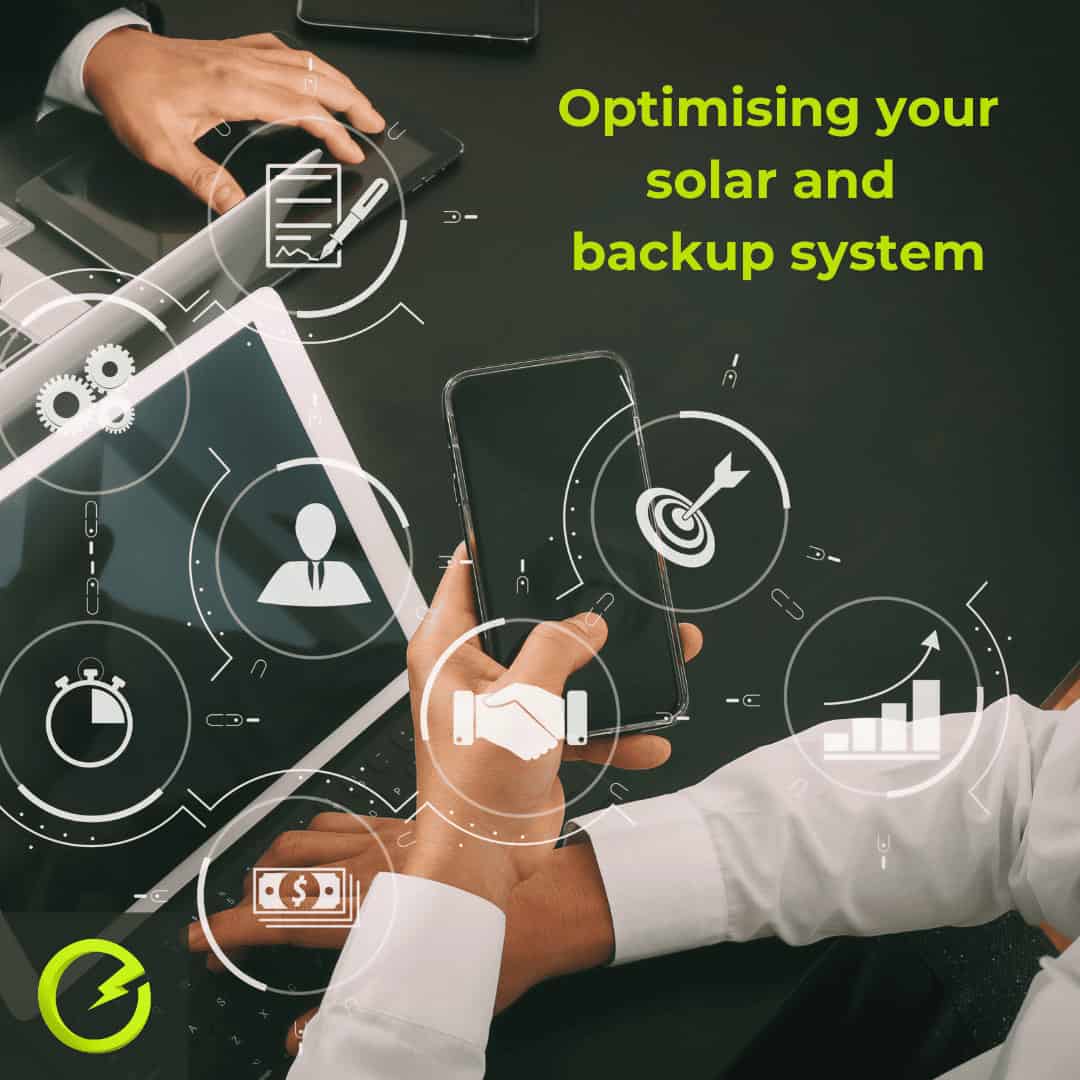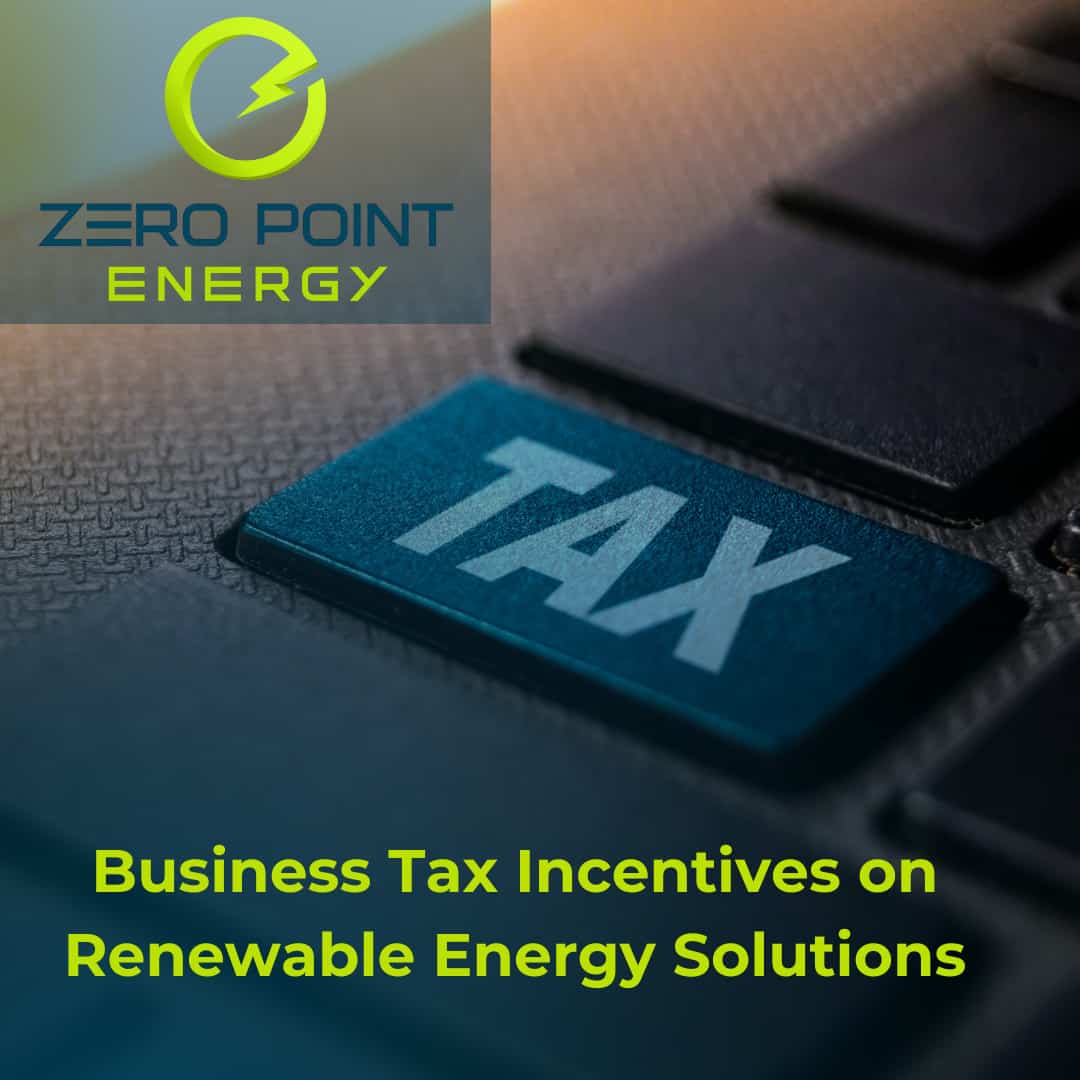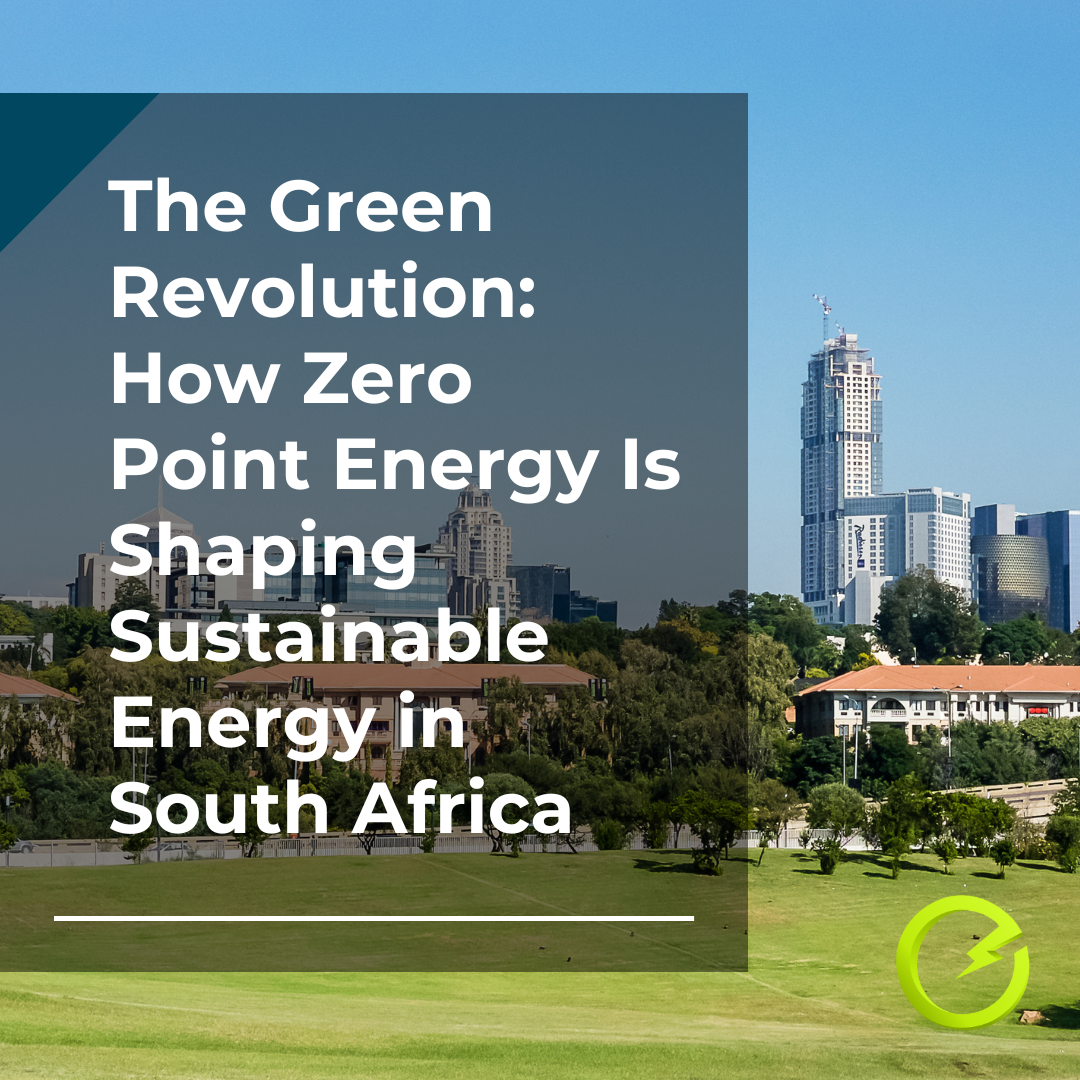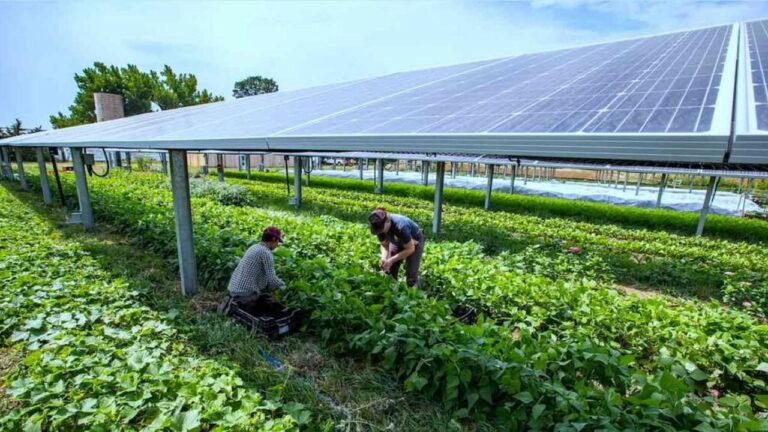
With more attention being given to solar energy everyday, it is critical industrial and business owners understand the potential role it can play in South Africa and grasp the analysis of the technology’s costs and benefits. The national Eskom power grid is currently facing many challenges including reduced reliability, ever-increasing tariff escalation and management crises, so there is definitely room for a decentralized and low-cost behind-the-meter supplement.
Current Concerns with the Country’s Power Generation
As the country’s electricity power utility company, Eskom is currently responsible for generating 95% of the electricity that is used in South Africa as well as 45% of that used in Africa. With the increase in demand for electricity, Eskom’s challenge is to build up additional capacity by building more power stations and looking at alternative sources of energy. Most of the power generated currently comes from coal-fired stations, but nuclear, hydro, wind, and gas are also part of the plant mix.
South Africa has witnessed a very steep increase in the price of electricity over the last few years. In the last 10 years, Eskom tariffs have increased by 356% against an inflation of 74% in that same time frame. Average prices from 2003-2017 are shown below.

Source: Eskom
These increases have moved the country from low-cost to mid-range in terms of electricity tariffs compared with other countries. The chart below depicts this comparison with South Africa tariffs for 2007, 2017, and 2018 in yellow, select African countries in green, and some developed nations in blue.

Source: Power Optimal
In 2018, Eskom has already been approved for tariff increases of 5.23% for direct customers and 7.32% for municipalities. These increases are worrying for the consumer. Added to this is increasing frequency of load-shedding as Eskom addresses challenges in its operations and seeks to manage the high demand for electricity. To relieve the pressure on the grid, more eyes are looking to alternative energy sources including solar power.
The Case for Solar PV: Current State and Future Opportunities
According to the World Bank Global Solar Atlas, South Africa has very high photovoltaic (PV) power potential. The cost of solar PV technology has been rapidly declining over the past 5 years. This is due to technology innovation, competition, economies of scale, and favorable policies. The global cost of utility-scale solar PV declined by 73% from 2010-2017. New records continue to be broken as solar PV and solar power cost beat projections and continue to fall. South Africa currently has the lowest cost of operating a solar PV plant on the continent. The figure below shows the reduction in the price of solar panels and the number of global installations in the last few decades.

Source: Clean Technica
In addition to favourable solar PV cost, battery storage prices have also been declining. Battery storage technology really holds the key to making alternative energy, and solar PV in particular, a game-changer. This is because it provides the reserve capacity needed for the naturally fluctuating generation of solar power and increases the potential of mini-grids and distributed generation. Some of the technologies that are making battery storage more and more cost-efficient include lithium-ion batteries, high-temperature sodium-sulphur (NAS) and flow batteries. The combined decline of solar PV and storage technology means that solar generation will only be cheaper and make for a more compelling case as a valuable investment and challenger to the heavy dependence on non-renewable power generation.
Stand-alone solar PV is already at grid parity which means that the cost of the electricity generated in this way is equal to or less than that from the main grid. This has extremely favourable paybacks and a strong business case at the residential level. Homeowners can become completely independent of the main grid after investing in solar PV and storage infrastructure on their properties.
At the commercial and industrial levels, stand-alone PV is extremely favourable when taking a medium-term view and can reduce monthly electricity bills significantly. This is the case in malls, hospitals, industrial facilities that have a high day-time load profile and are therefore not heavily dependent on extensive storage capacity. For large users of electricity, the demand charge costs contribute greatly to the overall bill when much electricity is used in a short period of time. With onsite battery storage capacity coupled with mini-grid control systems, solar PV can achieve significant demand charge cost reductions.
Additional Financial Considerations and Benefits for Businesses
In addition to the promising aspects of solar PV already covered, there are some additional specific incentives for businesses looking to take advantage of this opportunity. Section 12B SARS tax rebate benefits are available to businesses for installing renewable energy like solar PV. This rebate provides an accelerated capital allowance for movable assets used in renewable energy production. Any qualifying asset, be it the machinery, plant, implement, or any article for the foundation or improvement in renewable energy production, qualifies for a deduction over three years on a 50-30-20 basis.
There is also the opportunity to enter power purchase agreements (PPA) where businesses pay zero upfront costs but enter into agreements with independent power producers (IPPs) to pay tariffs that are lower and escalate at fixed or known rates lower than Eskom/municipality.
For businesses and industry, now is the time to take advantage of solar PV. Important great factors to consider are the declining PV installation costs, lower storage and generation costs, and the ability to be more and more grid-independent especially with rising tariffs and the fear of blackout frequency increasing. Additionally, government incentives make it easier to get started, allowing businesses to enjoy lower electricity costs, reduce pressure on the grid, and contribute to cleaner and more sustainable power generation.
